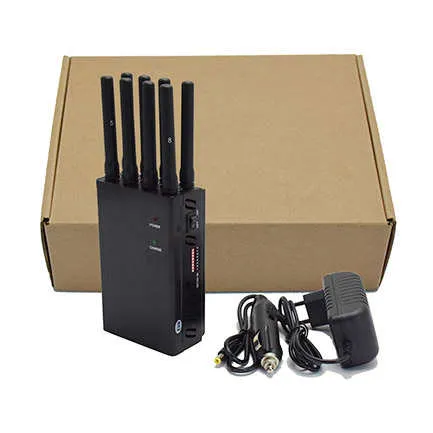Top 3 RF GPS Jammers Interference Scenarios
The most common source of GPS RF interference in the United States: PPD. The name comes from the fact that the primary market for these devices includes those who fear being tracked or monitored by GPS in their vehicles.

Freight and delivery trucks, in particular, are now often monitored by their dispatch centers using GPS and communication links. This has dramatically changed the working environment for truck drivers over the past decade, some of whom are unhappy with the resulting loss of independence. Entering the 21st century, people are increasingly concerned about government or corporate surveillance and the consequent loss of personal privacy.
As a result, ordinary citizens may try to protect themselves from such surveillance, including the use of GPS jammers, without understanding the consequences of their actions. Stolen vehicles or vehicles involved in illegal activities are other examples of potential sources of PPD.
Inexpensive mobile transmitters, readily available on the internet and elsewhere, allow drivers to easily turn their privacy concerns into action. As mentioned earlier, GNSS signals are very weak when received by users and can easily be overwhelmed by nearby devices transmitting on adjacent frequencies. For vehicles with GPS receivers, small, low-power devices can easily transmit enough power to jam the GPS receiver and make it unusable.
Types of RFIs
To better understand the many possible sources of RF interference and their potential impact on GNSS, these categories are not all-inclusive, but they can help differentiate RF interference scenarios, making it easier to predict GPS interference effects and design mitigations.
One is malicious jamming, which is the deliberate transmission of RFI to prevent GPS from being used by as many users as possible. RFI's coordinated adversarial broadcasts, while hopefully very rare, have the potential to render GPS unusable and difficult to defeat at large ranges. Therefore, it makes sense to provide non-GPS backup services to support traffic and other critical infrastructure needs.
The second category, unintentional interference, is the result of intentional transmission of signals at or near GPS frequencies without causing harm unintentionally. At first, it appeared that intentional broadcasting of signals on or near GPS frequencies was intended to harm GPS users, but in the vast majority of cases this is not the case, as shown in the following section. So-called personal privacy devices, or PPDs, fall into this category and are of particular interest due to their growing popularity.
The third category is unintentional interference, which is caused by unintentional transmissions occurring at or near GPS frequencies. This type of interference is often caused by malfunctioning equipment designed to transmit on non-GPS frequencies or not at all. It's not as common as ignorant jamming, as such failures are rare and can now be detected faster because many GPS receivers may be in use nearby. On the other hand, accidental disturbances are more variable and potentially more problematic due to their unpredictable and unintentional nature.


